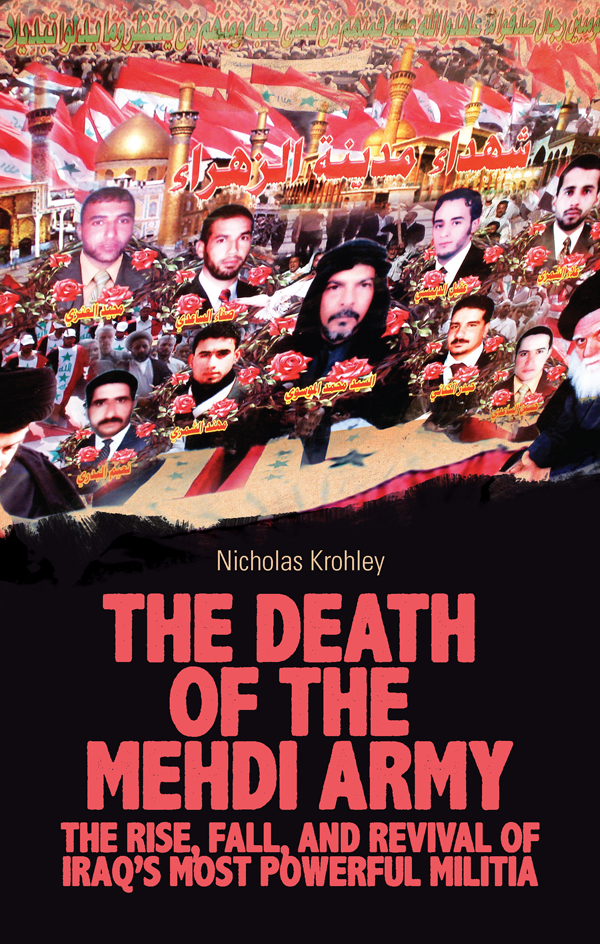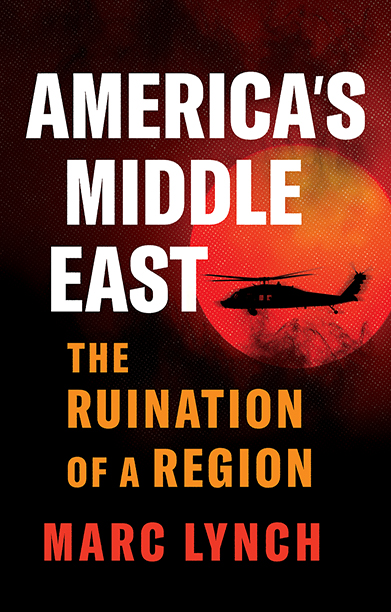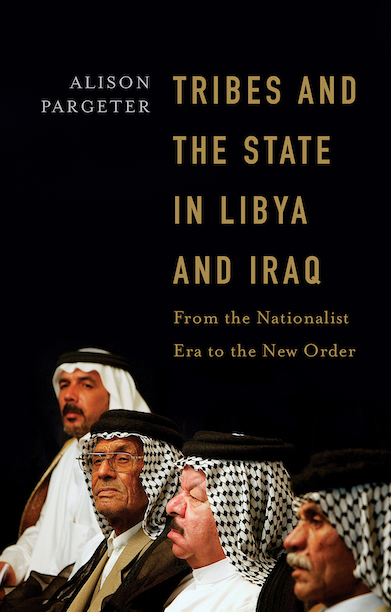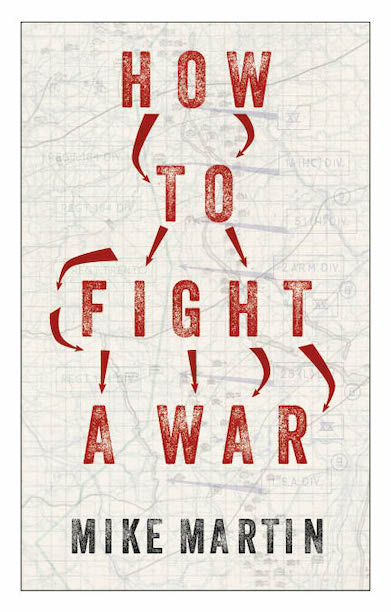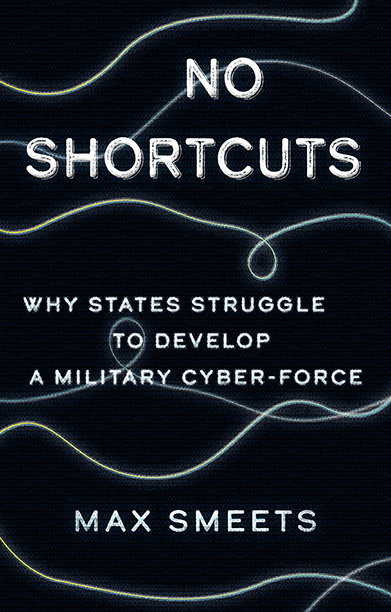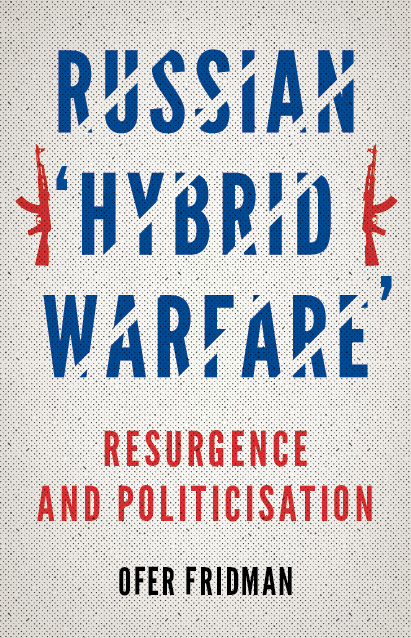The Death of the Mehdi Army
The Rise, Fall, and Revival of Iraq's Most Powerful Militia
‘A most valuable and original insight into issues and dynamics that have eluded the grasp of Iraq specialists for far too long … an urgently needed scholarly contribution to our understanding of modern Iraqi history.’ — Fanar Haddad, Research Fellow at the Middle East Institute, National University of Singapore, and author of ‘Sectarianism in Iraq: Antagonistic Visions of Unity’
**Shortlisted for the RUSI Duke of Westminster Medal for Military Literature 2016**
Description
The Mehdi Army militia was a towering force in Iraq during the early years of the post-Saddam era. As an aggressive opponent of foreign occupation and one of the principal antagonists in Iraq’s brutal sectarian civil war, the militia was central to the violence that ravaged the country and a pivotal political actor. Growing rapidly in size and strength, and controlling entire districts of Baghdad and broad swathes of southern and central Iraq, the Mehdi Army seemed poised to become a Hezbollah-like ‘state within a state’ that would remain enormously powerful for years to come.
Drawing from extensive field experience in one of Baghdad’s most volatile militia-held districts, Krohley exposes how, and why, the militia suddenly and unexpectedly collapsed in the midst of the Americans’ ‘Surge’ of forces during 2008. Building from an examination of the Mehdi Army’s social and ideological roots, he presents a neighbourhood-by-neighbourhood study of the militia’s changing fortunes that offers unparalleled local detail and specificity. Krohley shows how the Mehdi Army’s demise was ultimately a self-inflicted ‘death’ as opposed to a triumph of its foes. In so doing, he not only challenges prevailing orthodoxies of counterinsurgency doctrine and the mythology of the Surge, but also offers penetrating insights into the battered state of Iraqi society after decades of dictatorship, privation and war.
Table of contents
Preface
Introduction
- A City Transformed – The Creation of Eastern Baghdad
- The Sanctions Era – Shifts in Civil Society & the Rise of the Sadrist Movement
- The Changing Fortunes of the Rekindled Sadrist Movement
- Tisa Nissan – District Overview
- Beladiyat & Mashtal – Communities Under Siege
- Kamaliyah & Amin – Rallying the Masses
- Fedaliyah & Shawra wa Umm Jidr – Traction in the Remnants of Tradition
- Insurgency and Counterinsurgency on Uneven Terrain
Appendix – Human Terrain Mapping & Counterinsurgency Operations
Bibliography
Reviews
‘Few subjects in the study of Iraq are as important or as opaque as the military mobilisation of the Shia community, and notably those loyal to the Sadr family. When coalition forces arrived in Iraq in 2003 they and the government they put in place had to contend with the firebrand son of the late Ayatollah Muhammad Sadiq al-Sadr and his Jaish al-Mahdi (the Mehdi Army), which numbered as many as 50,000 fighters. Nicholas Krohley has provided a fine first-hand analysis of the history and development of the Sadr Movement and the Mehdi Army which spells out what the latter’s return to the field of battle against ISIS may mean for the future of Iraq.’ — Gareth Stansfield, Professor of Middle East Politics, University of Exeter
‘Krohley’s account of the Mehdi Army’s campaign in East Baghdad contextualises the Shia insurgency, offering rare insight into the politics and strategy of the Sadrist movement. His book is a stunning example of extraordinary war-time social science research that will have an enduring legacy in the literature of insurgency and counterinsurgency.’ — Montgomery McFate, Minerva Chair, Center for Naval Warfare Studies, US Naval War College and author of Social Science Goes to War: The Human Terrain System in Iraq and Afghanistan
‘Nick Krohley has produced the first book-length manuscript in English that details the Iraq war through the eyes of Iraqi participants. His examination of the role of the Sadrist movement and its Mehdi Army militia in Eastern Baghdad is absolutely critical to moving beyond the US-centric military histories that have dominated the narrative to date.’ — Douglas A. Ollivant, Managing Partner, Mantid International LLC and ASU Senior Fellow, Future of War Project, New America
‘A most valuable and original insight into issues and dynamics that have eluded the grasp of Iraq specialists for far too long … an urgently needed scholarly contribution to our understanding of modern Iraqi history.’ — Fanar Haddad, Research Fellow at the Middle East Institute, National University of Singapore, and author of Sectarianism in Iraq: Antagonistic Visions of Unity
‘Nicholas Krohley weaves a masterwork of recent Baghdadi and Iraqi political history, setting his study apart from previous analyses of the surge, which tend to be long on journalism but short on understanding the nuances of Iraqi society. The author’s inner anthropologist shines through as he examines the heavily Shiite administrative district known as “New Baghdad” on a sub-district by sub-district level. Indeed, leafing through the nearly 100 pages of notes, scholars may sense the spirit of the late historian Hanna Batatu’s classic studies of Iraqi society, albeit with a narrower focus.
‘Krohley challenges the idealization of the U.S.-led surge “as a triumph of full-spectrum counter-insurgency.” Indeed, he argues convincingly that the demise of the Mahdi Army was self-inflicted—more of a tactical decision by the Mahdi Army itself to fade into the woodwork and perhaps survive to fight another day—rather than the U.S. victory so many hagiographers of Gen. David Petraeus claim. Krohley’s work may be challenged by future writers, but they will need to marshal significant resources to counter his deep and well-researched study.’ — Michael Rubin, Middle East Quarterly
Author(s)
Nicholas Krohley is the founder & CEO of Subaltern Research Services and a visiting research fellow at King’s College London. He served in Baghdad as a social scientist with the US Army’s Human Terrain System.
